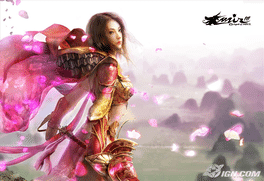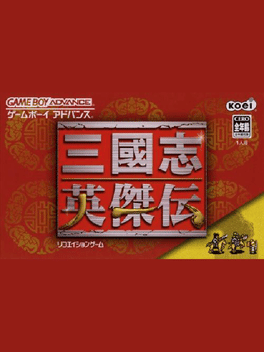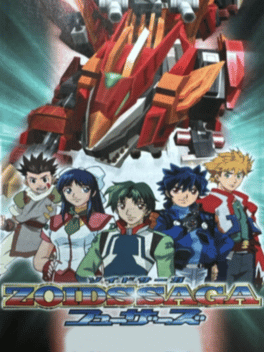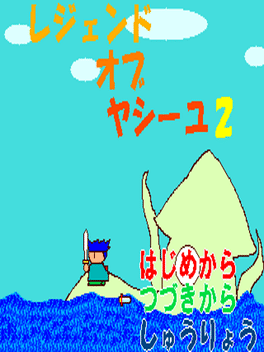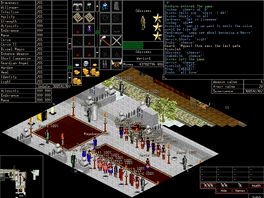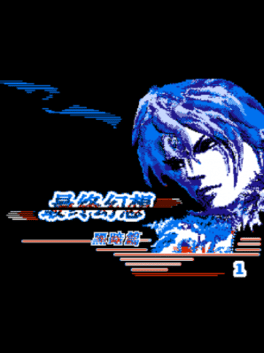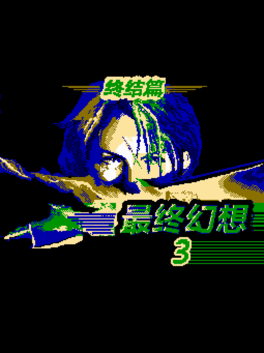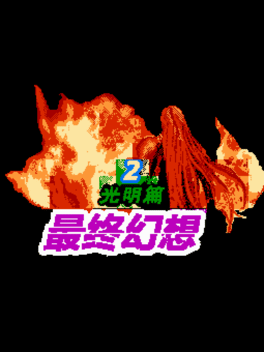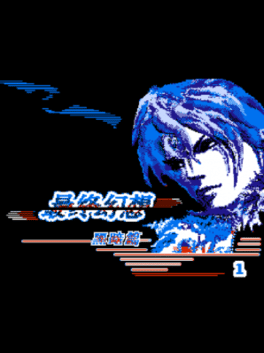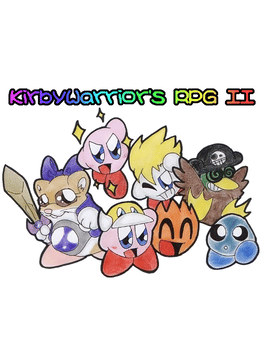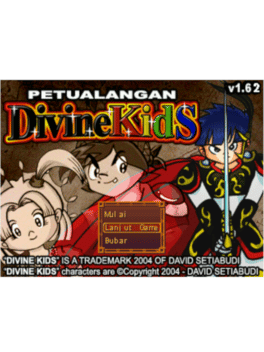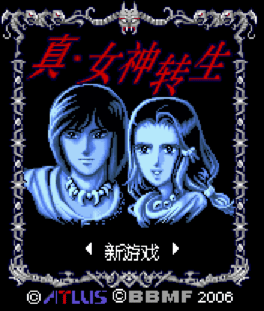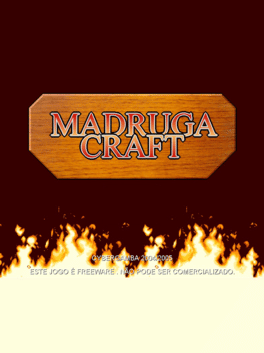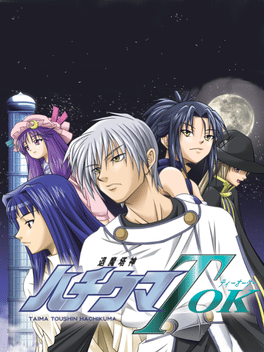New Xbox360 Games - Page 211
-
Magical Fantasista II
2005
The long-awaited second installment of the Magical Synthetic Role Playing "Magical Fantasista" series! Kamui Mel Yuturna, an honor student at the Imperial Academy of Magic, was involved in a big incident in the middle of the final assignment at the end of the school year, and started the adventure of solving the case ... We will confront the crisis of the Nebula country while increasing the magic level by synthesis of magic obtained with warts from the field and enemies, and testing in the dojo. Expand the popular skill system in the previous work, and you can enjoy multiple training depending on the equipment according to the abilities of each of the three people with different magical attributes, and you can fight with characteristics. Enjoy the magnificent world of Magical Fantasista in all 10 dungeons. -
Legend of Mir 3
2005
-
The Legend of White Whale
2005
Legend of White Whale is a role-playing game that focuses on a group of three mushroom friends on a quest to find "The White Whale," the legendary ship that brought their ancestors into the world. The village of Mushsnail is starting to dry up, and that would mean certain death for everyone who lives there. Frup-Foo (our hero) believes that if the mythical White Whale exists, he can keep the secret of a new beginning. But there is an evil afoot. Now that Mushsnail is starting to dry up, he has been left vulnerable to monsters that previously couldn't enter the magic barrier. With each passing day, the village becomes more at risk. White Whale features turn-based rpg battles and an aerial world map. Each character has their own abilities, of course. Priss is the healer as well as the state spell caster. Frup is slower than the others, but has a powerful special attack and is the only character who can use items during battle. Chup is the fighter, and he can only ... well... fight! The game progresses in chapters. -
Zoids Saga: Fuzors
2005
Zoids Saga: Fuzors
2005
Zoids Saga: Fuzors is a Role-Playing game, developed by Amedio and published by Tomy Corporation, which was released in Japan in 2004. -
Legend of Yashiyu 2
2005
-
Quest of Hat
2005
Quest of Hat
2005
A mini-sequel to EarthBound, Hat Quest is one of the most advanced hacks released to date. It's also the first finalized hack to make liberal use of map editing, advanced event-based changes, and a bevy of other recent discoveries. This game was made with classic puzzle adventure games in mind, so expect a lot of old-school LucasArts-style action. -
Aranock Online
2005
Aranock Online
2005
A free massively multiplayer online role playing game based on Mercenaries of Astonia by Daniel Brockhaus. Aranock Online has seen a significant amount of development over the years and still entertains a loyal few to this day. While increasingly showing its age, now more than ever it provides a refreshing take on the MMO genre and offers a unique gaming experience. -
Zuìzhōng Huànxiǎng
2004
-
KWRPGII
2004
KWRPGII
2004
Kirby Warrior’s RPG II was the much-anticipated sequel to the original, released on KRR to much fanfare in the early aughts, featuring over 12 playable characters. It was made in RPG Maker 2000. -
Fushigi no Dungeon: Fuurai no Shiren Mega
2004
Fushigi no Dungeon: Fuurai no Shiren Mega is an entry in the Mystery Dungeon: Shiren the Wanderer series released for i-mode compatible cell phones in 2004, only in Japan. -
3059
2004
-
Petualangan DivineKids
2004
Adventure RPG game of Abe, Bambo, Cici against the dark witch Indra who will resurrect the 1000 year old Demon. Interesting story, exciting battles, animated with Indonesian language, fun to play. The Divinekids Adventure was the first Indonesian game to be awarded the MURI award in 2004. -
Megami Tensei
2004
Megami Tensei
2004
A demake and port of the original Digital Devil Story: Megami Tensei by Atlus, released in 2004 for J2ME flip phones by BBMF and Atlus. This port has a lot of simplified mechanics and only 3 of the original dungeons. -
Madrugacraft
2004
-
Taima Toushin Hachikuma Tok
2004
Taima Toushin Hachikuma ToK is a role-playing game for Windows, released on 2004. The game has various versions or names, we can play the final version from dlsite. It includes parodies of several games and animes.

